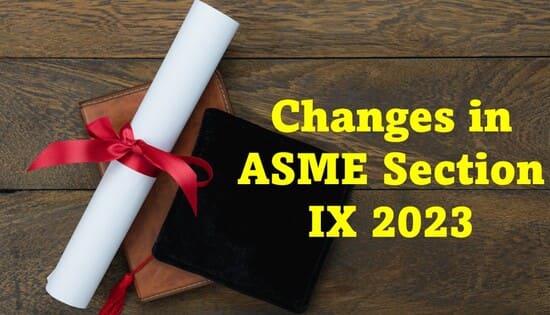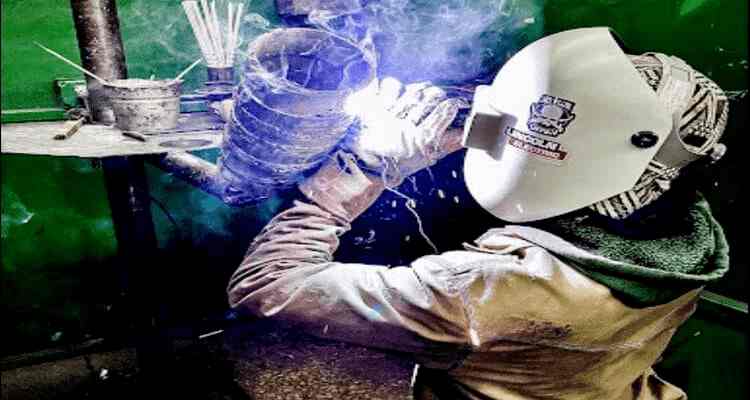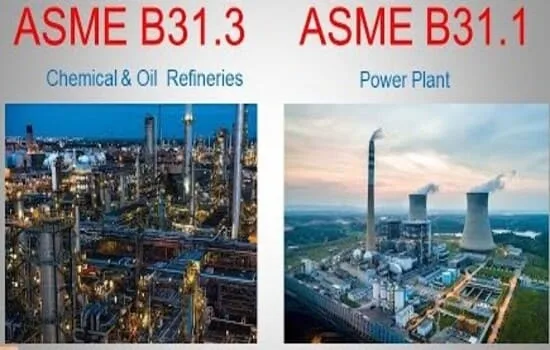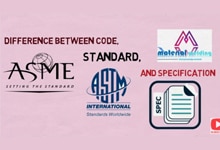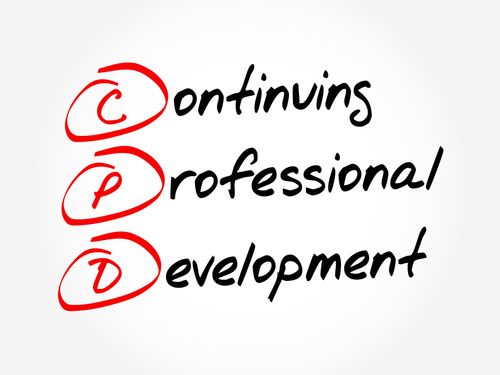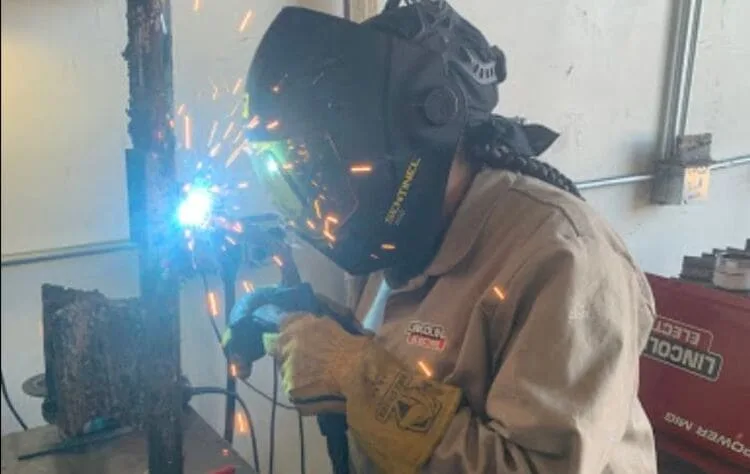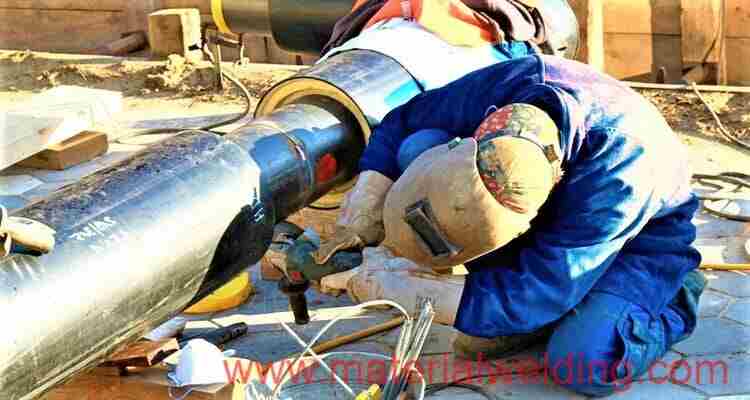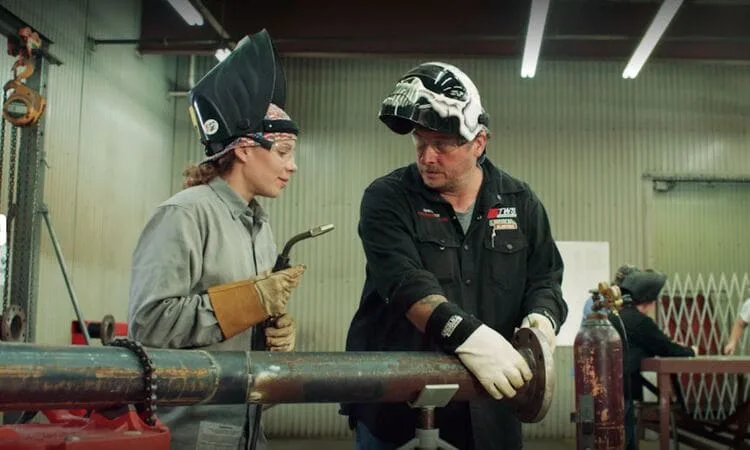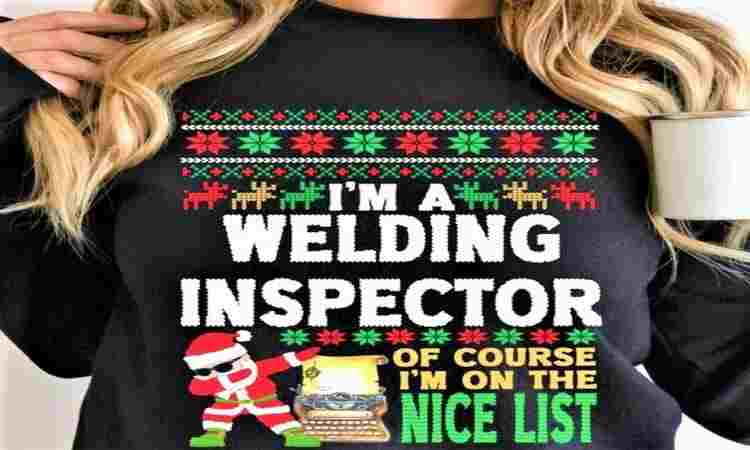For Welding Engineers- Inspectors & Welders
AWS WHB-10. 1 Welding Handbook Volume 1
The AWS Welding Handbook, 10th Edition, Volume 1 is a comprehensive guide to welding and related technologies. It is published by the American Welding Society (AWS) and is widely used as a reference for welding professionals and students. The handbook covers a wide range of topics, including welding processes, materials, design and fabrication, inspection and quality control, and safety.
The 10th edition has been fully updated to reflect the latest advancements in welding technology and industry standards. It includes new chapters on the latest welding processes and materials, as well as updated information on welding automation and robotics. The handbook is an essential reference for anyone involved in welding, whether they are a beginner or an experienced professional.
ASM Handbook Volume 6A: Welding, Brazing, and Soldering
The ASM Handbook, Volume 6A: Welding, Brazing, and Soldering is a comprehensive guide to the science and technology of welding, brazing, and soldering.
"Honestly, one of the BEST BOOK for Welding Engineers & Specialist & Researchers".
It is published by the American Society for Metals (ASM) and is widely used as a reference for welding professionals and students. The handbook covers a wide range of topics, including welding processes, materials, welding metallurgy, design and fabrication, inspection and quality control, and safety.
The handbook also provides information on welding codes and standards, and is an essential reference for anyone involved in welding, brazing and soldering, whether they are a beginner or an experienced professional.
Welding Metallurgy and Weldability by Lippold
Welding Metallurgy and Weldability by John C. Lippold is a widely recognized and respected book in the field of welding metallurgy and weldability. The book provides a comprehensive understanding of the metallurgical principles involved in welding, as well as the relationship between these principles and the weldability of various materials.
It covers topics such as solidification, microstructure, mechanical properties, and the effects of welding on the mechanical properties of materials. The book also includes case studies, practical examples, and a wealth of illustrations to help readers understand the complex concepts presented.
"Must-have for welding professionals, Consultants & Welding Metallurgists"
It is a widely used reference for welding engineers, metallurgists, and those working in the welding industry.
The Procedure Handbook of Arc Welding by James F Lincoln
“The Procedure Handbook of Arc Welding” by James F. Lincoln is a comprehensive guide to arc welding that is widely considered to be the “Bible” of the arc welding industry. With over 500,000 copies of previous editions published since 1933, this book is a well-known and respected resource in the welding industry.
The new and completely revised edition of the book contains over 750 pages of welding information, techniques and procedures, photographs, drawings and charts. The book covers a wide range of topics, including welding safety, welding metallurgy, welding processes, welding symbols and specifications, welding fabrication, and welding quality control.
It also includes much new information that has never been included in any other book, making it a valuable resource for both students and professionals. The book’s organization, illustrations and photographs are designed to help readers understand the welding process and the techniques needed to execute it successfully.
It is widely used as a textbook for welding courses in vocational schools and colleges, and is also a valuable reference for professionals in the welding industry. It is considered to be a comprehensive resource that can help students and professionals alike to master welding techniques and take their career to the next level.
"The Procedure Handbook of Arc Welding by James F Lincoln" & "Welding Principles and Applications by Larry Jeffus" ARE NOT TO BE MISS... SIMPLY THE BEST BOOKS...
Welding Principles and Applications by Larry Jeffus
“Welding, 5E: Principles and Applications” is a book written by Larry Jeffus, a well-known expert in the field of welding. One of the best books for welders and students who want to learn about welding is “Welding: Principles and Applications” by Larry Jeffus.
This book is widely used as a textbook for welding courses in vocational schools and colleges, and is also a valuable reference for professionals in the welding industry.
It features more tight shots of actual welds, which helps beginners understand a variety of different welding processes. The book moves quickly from basic concepts to the study of the most complex welding technologies. Each section begins by introducing readers to the materials, equipment, setup procedures, and critical safety information they need to know to successfully execute a specific process.
Chapters in the book also focus on individual welding tasks and must-know techniques for a comprehensive approach. This approach allows readers to gain a thorough understanding of the welding process and the techniques needed to execute it successfully.
Welding Engineering: An Introduction by David H. Phillips
“Welding Engineering: An Introduction” is a book written by David H. Phillips, a well-known expert in the field of welding engineering. The book is intended as an introduction to the subject of welding engineering for students and professionals in the field.
It covers the basic principles of welding science and engineering, including the properties of welding materials, welding processes and techniques, welding design and fabrication, and the testing and inspection of welds.
Welding Print Reading
“Welding Print Reading” is a comprehensive text that is designed to teach students the welding symbols and specifications they need to understand in order to be successful in the welding field.
The book is written in a format that allows students to apply their knowledge to skill-based print reading activities, which is beneficial for aspiring welders who want to learn how to interpret prints and drawings. The content is also appropriate for students who want to pursue careers in engineering and drafting.
The book starts by reviewing the basics of welding, including welding processes, and then progresses to more specialized topics such as prints for pipe welding and brazed joints.
It conforms to the most recent American Welding Society (AWS) and American National Standards Institute (ANSI) standards, providing students with the most up-to-date information. Additionally, the text exposes students to actual industry prints that may contain variations, preparing them for on-the-job experiences.
Pipe Welding by Larry Jeffus & Bryan Baker
“PIPE WELDING” by Larry Jeffus & Bryan Baker is a comprehensive guide that provides a detailed understanding of pipe welding. It is designed to help aspiring welders take their career potential to the next level. The book covers all aspects of pipe welding, including basic welding techniques such as pipe layout and assembly, as well as advanced techniques such as SMAW, GMAW, FCAW, and GTAW processes.
The book is written in a practical and easy-to-understand format, making it a useful resource for both students and professionals. It covers important topics such as welding safety, welding metallurgy, welding codes and standards, welding fabrication, and welding quality control.
It also includes detailed step-by-step instructions and illustrations that help to clarify the concepts presented in the text. The book is particularly useful for those who want to become safe, effective, and marketable pipe welders, as the pipe welding job market is currently booming.
It is widely used as a textbook for pipe welding courses in vocational schools and colleges and is also a valuable reference for professionals in the welding industry. It is considered to be a comprehensive resource that can help students and professionals alike to master pipe welding techniques and take their career to the next level.
Welding Skills by B. J. Moniz
“Welding Skills” by B. J. Moniz is an industry-leading textbook that provides the essential welding knowledge and skills needed for successful employment. The book is designed to help students and aspiring welders acquire the skills they need to be successful in the welding field. It features practical skill-building exercises throughout the book, with step-by-step instructions for completing welds.
The book is illustrated with hundreds of illustrations, photos, and charts that present welding principles and practices and aid comprehension. It covers comprehensive coverage of welding safety based on the American National Standards Institute (ANSI) and American Welding Society (AWS) Z49.1 standards.
It also includes expanded coverage of pipe welding, including modified GMAW-S, reorganized and expanded coverage of essential metallurgy and the weldability of ferrous and nonferrous metals, updated coverage of weld evaluation and testing methods and use of standard AWS terminology throughout the book.
Welding Metallurgy by Sindo Kou
“Welding Metallurgy” by Sindo Kou is a comprehensive guide to the science and practice of welding metallurgy. It is considered to be the only complete compendium of recent and not-so-recent developments in the field.
The book is written by Dr. Sindo Kou, a well-known expert in the field of welding metallurgy.
The book covers a wide range of topics, including solid-state welding and fusion welding, which now also includes resistance spot welding.
It restructures and expands sections on Fusion Zones and Heat-Affected Zones. The former now includes entirely new chapters on microsegregation, macrosegregation, ductility-dip cracking, and alloys resistant to creep, wear and corrosion, as well as a new section on ternary-alloy solidification.
The latter now includes metallurgy of solid-state welding. Partially Melted Zones are expanded to include liquation and cracking in friction stir welding and resistance spot welding. New chapters on topics of high current interest are added, including additive manufacturing, dissimilar-metal joining, magnesium alloys, and high-entropy alloys and metal-matrix nanocomposites.
